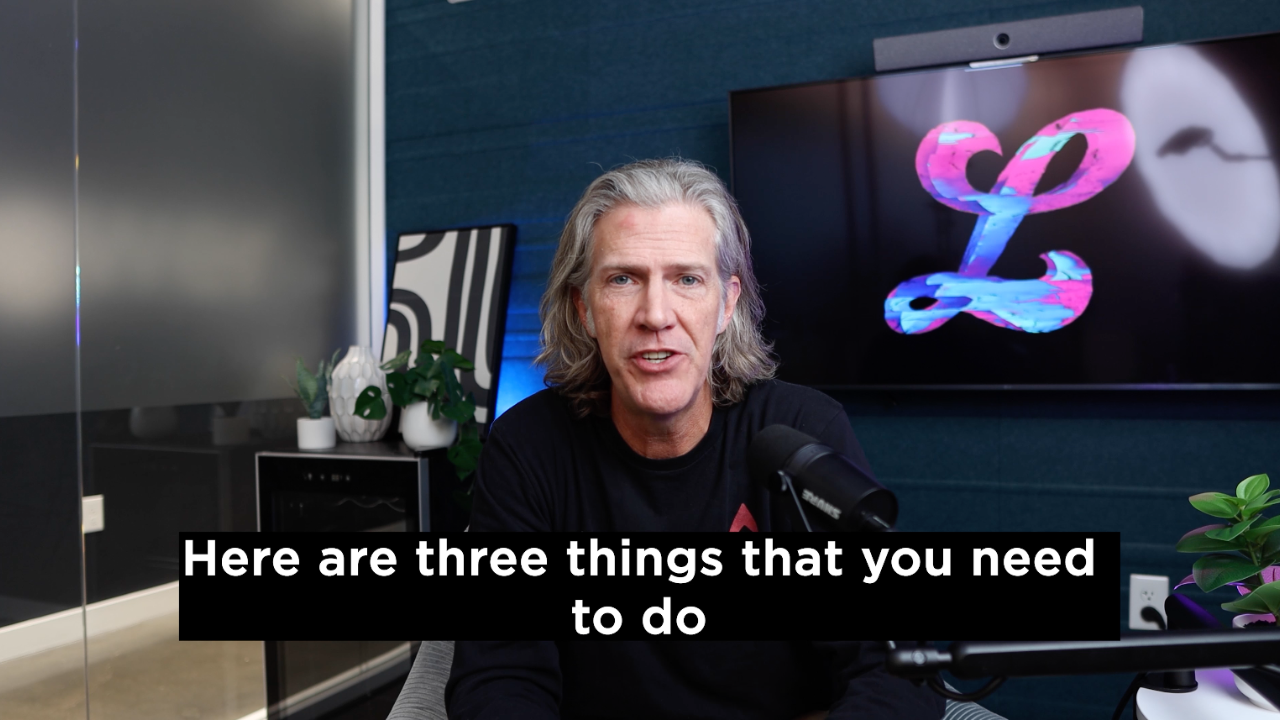In the past year-plus, homeowners across the nation took advantage of extremely low interest rates. For families who were able to maintain a higher income, good credit and payment histories, refinancing (and saving even more money each month) was a piece of cake.
But sadly, many lower-income families were forced to sit on the sidelines with their higher interest rates because they weren’t eligible to refinance. The worst part? Most of those families already had so much debt that the simple thought of having to pay refinancing fees scared them away.
If that sounds like you and you’re still having to pay those higher interest rates, we have good news. There’s a new program that could give you more refinance options than you had before, and without those dreadful, bank-breaking fees!
RefiNow was launched in June 2021 by Fannie Mae. It makes it easier for anyone who was previously unable to refinance (due to low credit scores, a missed payment, or a high debt-to-income ratio) to finally do so.
Now, you may qualify to save money without the hurdles that previously stood in your way.
What’s RefiNow?
RefiNow is a new program launched by Fannie Mae to help lower-income homeowners refinance their mortgages by addressing the high up-front costs and expanding eligibility for those with lower credit scores.
Fannie Mae wanted to offer incentives to address these two major obstacles that kept some 2 million lower-income families from taking this important step to save money on their monthly mortgage payments:
• High up-front costs: If an appraisal is necessary to determine the current value of your home, the program offers a $500 credit to the lender to cover that cost, and that credit must be passed on to the homeowner. See how we’re eliminating your fear of fees? :)
• Poor qualifications: Borrowers can have a debt-to-income ratio of 65 percent and still qualify for RefiNow. For reference, typical mortgages require a DTI of no more than 43 percent, and Fannie Mae programs normally require of DTI of no more than 50 percent. Borrowers may also qualify with a credit score of 620, well below the typical good-credit threshold of 700.
Who is RefiNow for?
Let’s play a game. Put a finger down if:
- Your income is at or below 80 percent of the area median income (explained below)
- You are current on your home payments (no more than 30 days late over the past 6 months, can be late once within the last 12 months)
- Own a single family that you occupy as your primary residence
- You owe 97% or less than the current value of your home
- Your current mortgage is backed by Fannie Mae (click here to find out)
Here’s more detailed information about the criteria:
RefiNow is designed specifically to benefit lower-income homeowners who refinance at a much lower pace than higher-income families. One of the main stipulations to qualify is that your income must be at or below 80 percent of the area median income. That means the income level is based on your city or neighborhood, not the entire state or nation. This also applies to your current income, not the income you reported when you first took out your mortgage. That’s especially great news for everyone who was laid off or had financial hardships due to COVID-19.
Homeowners also need to be current on their home payments. You can’t be more than 30 days late on any mortgage payment within the past six months, though you could have been late on one payment within the past 12 months and still qualify.
Also, the program allows only single-unit homes that you occupy. In other words, if you own a duplex and rent half and live in the other half, you're not eligible, nor if you own a rental property you are hoping to refinance.
The amount you owe on your mortgage also needs to be 97 percent or less than the current value of the home.
Lastly, your current mortgage must be backed by Fannie Mae for this program (that doesn’t mean Fannie Mae is your lender, however). You can find out if Fannie Mae backs your mortgage by using the Loan Lookup Tool at KnowYourOptions.com.
How much can I save if I refinance with RefiNow?
In order for a lender to qualify you for RefiNow, they must prove they can save you at least half a percentage point (0.50% or 50 basis points) over your current mortgage interest rate and save at least $50 on your monthly mortgage payment.
But FHFA expects the average borrower to save $100 to $250 a month by refinancing while rates remain extremely low. That translates into a savings of up to $3,000 a year.
As an example, say you owe a balance on your current mortgage of $100,000, your monthly payment is $765, and you have 15 years remaining to pay. If your current interest rate is 3.75 percent, and you are able to refinance at 2.5 percent for a 15-year fixed mortgage, your monthly payment would drop to $667, a savings of $98 per month, or $1,176 a year.
This means that if you have debt to the point where you don’t even look at your statements and automated your minimum monthly payments, you can finally log back in and pay it off sooner!
Also, paying off your debt means you can boost your credit score so you can feel confident when you look at it, making this a win-win-win for you!
Do I have to stay with the same mortgage lender?
You can refinance your mortgage with any lender that is approved to work with Fannie Mae. If you are happy with your current lender and can convince them to refinance your mortgage to get a lower rate, that's great.
However, they have an incentive to keep you at a higher interest rate as they make more money that way. In that case, you may have an interest in looking into other mortgage refinancing options.
Depending on how long you’ve had your mortgage, many considerations may have changed since you took out your initial mortgage.
- First, your household financial situation likely has changed. Hopefully, you've had some advancements in your career(s) and your income is higher. You've also built some equity in your home, and your home's value may have increased.
- If you have mortgage insurance because you were financing more than 80 percent of the value of your home, you might be able to drop that insurance after a refinancing, further lowering your monthly payments.
Lower believes more people deserve to own a home and feel stable in their ability to maintain their payments and stay in their home. To date, we’ve helped more than 140,000 borrowers get a mortgage and have loaned more than $3.5 billion.
Visit Lower's RefiNow page today to determine whether you qualify for the Fannie Mae program and to discover how much you could save on your monthly payments with a mortgage refinance.

















.svg)
.svg)

.svg)















